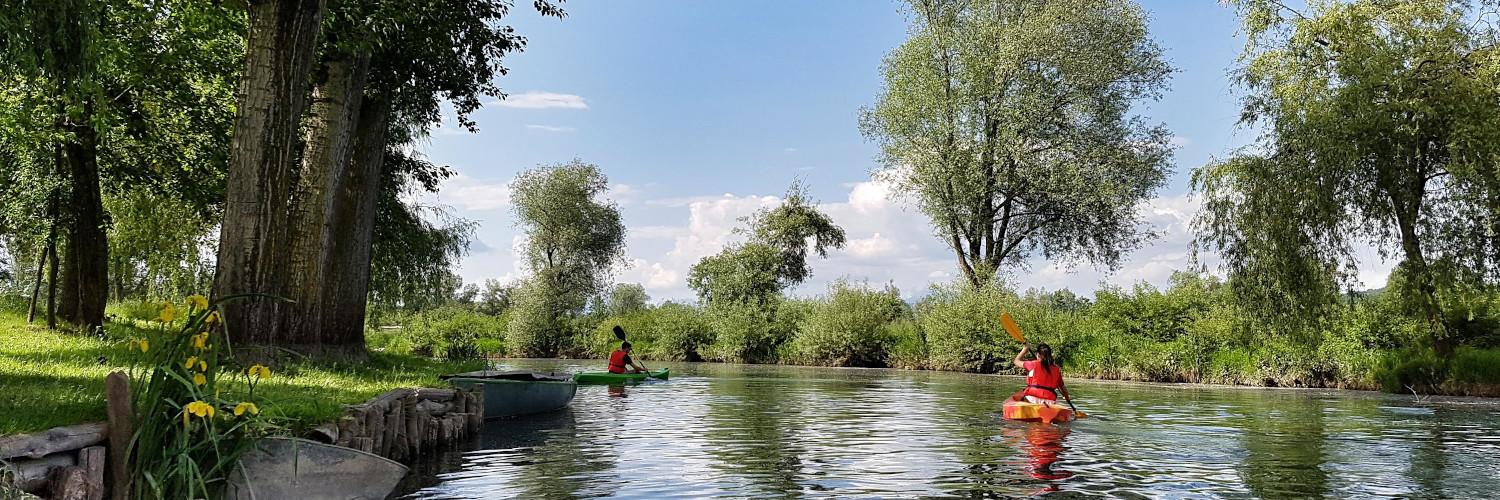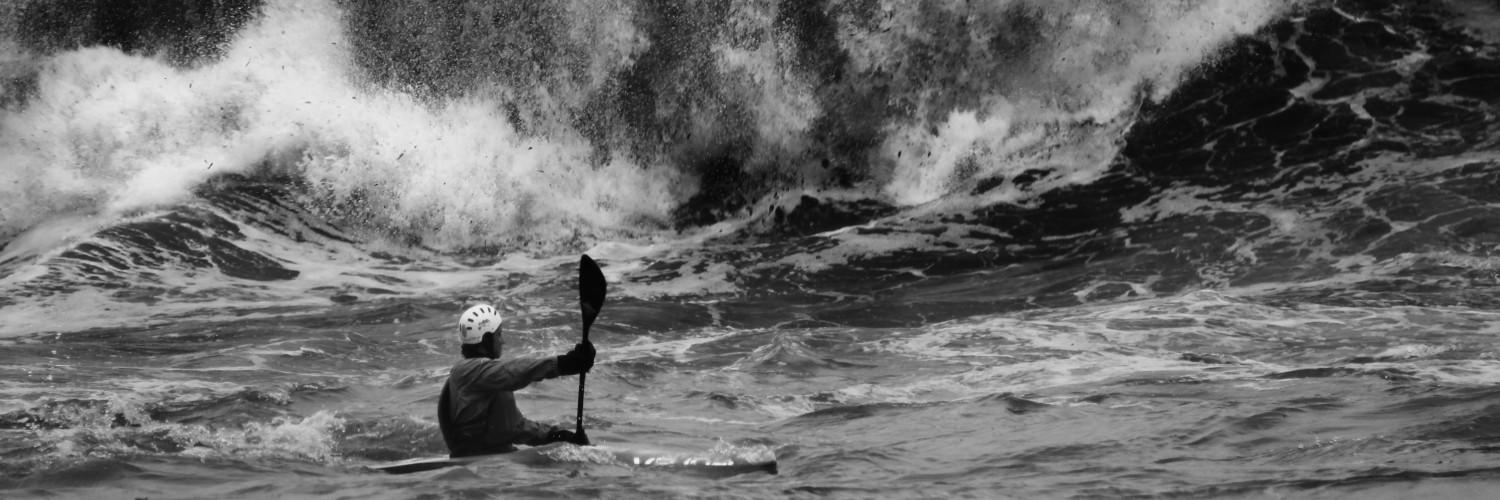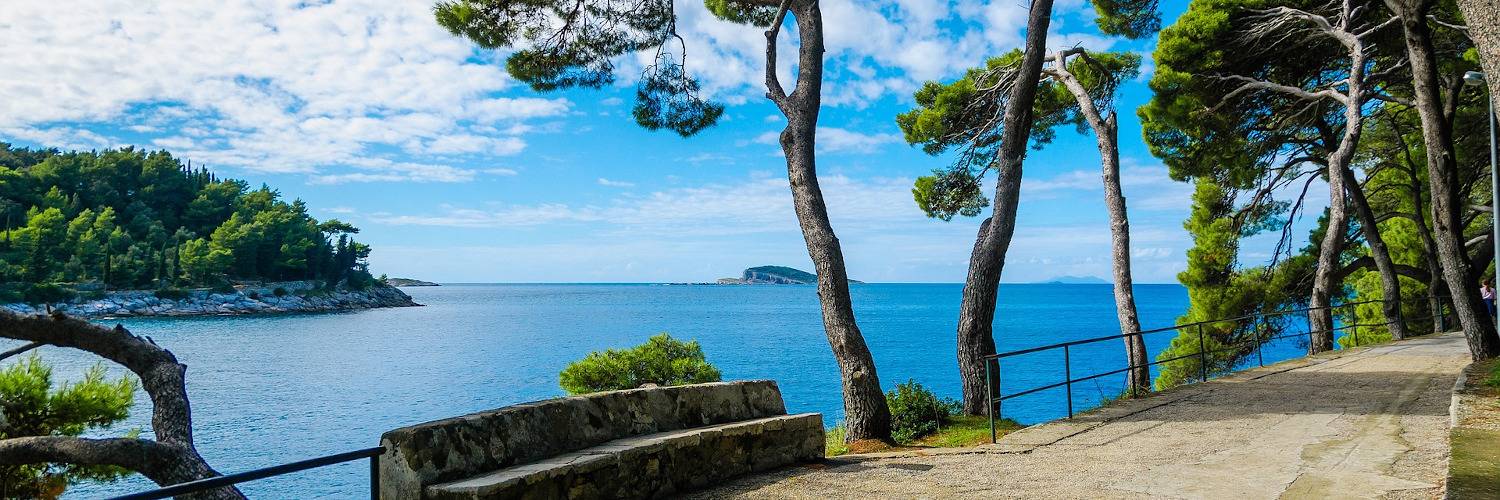Kayaking and the environment
The simple answer to this question is “NO”. Kayaks are the perfect vehicle for exploring wilderness areas by water and quietly observing wildlife in their natural habitats. They cause no erosion, noise, pollution, and, provided that you kayak when the water levels are right, they cause no damage to fish stocks in the water. To ensure that you paddle or sail responsibly and do not disturb wildlife or damage freshwater and marine environments, the following steps should be followed:
- Find out about the area before you go and take note of its sensitive areas, protected areas, wildlife species and their breeding seasons. Keep out of any areas you are requested to do so either on information you find before hand, or while on the water. These may be for your safety or for the protection of a fragile habitat or a particular species.
- Keep to designated paths and launching points where available.
- Take care not to cause disturbance or damage to habitats that you come across to access water. When you visit the coast, watch out for hurting shingle beaches and sand dunes. They are delicate homes for animals.
- When launching your vessel, take care not to trample on or damage side bank vegetation. Also take care not to cause erosion to the physical features at the edge of the water. Float your kayak for launching, lift it out when landing, and carry it to and from the water. Do not drag it or ‘seal’ launch.
- When you go kayaking on rivers, don’t paddle over rocks in shallow water as they might have fish eggs.
- Keep away from animals and their homes. Do not bother them. This includes otters, seals, dolphins, and birds. Give them space. If you see signs that you are distressing wildlife, move away quietly. Particular care should be taken during their breeding seasons to not disturb wildlife.
- Wash all your canoeing and sailing equipment after use so as to minimize the spread of alien species or disease.
- If you see any bad things happening to nature, tell the right people.
- Leave the environment as you find it. Take your litter home with you, and, when safe to do so, take other peoples litter home too.
- Be quiet to not bother animals or other people on the water.
- Much unintentional impact occurs when ashore, so use existing campsite and tracks whenever possible.
- Use of fuel stoves for cooking is recommended, although wild camping with a fire is a romantic way to spend an evening after a long day of paddling. Fires are not allowed in most National Parks in various locations so check the regulations. If they are allowed, ensure you only have fires in designated areas and check local guidelines, especially in dry conditions.
- When you do have a campfire, make sure it is friendly to yourself and to the surrounding fauna by limiting dioxins. This means no plastics.
Kayaking is absolutely safe for the environment. You can make it even safer by following safety and precaution rules.





